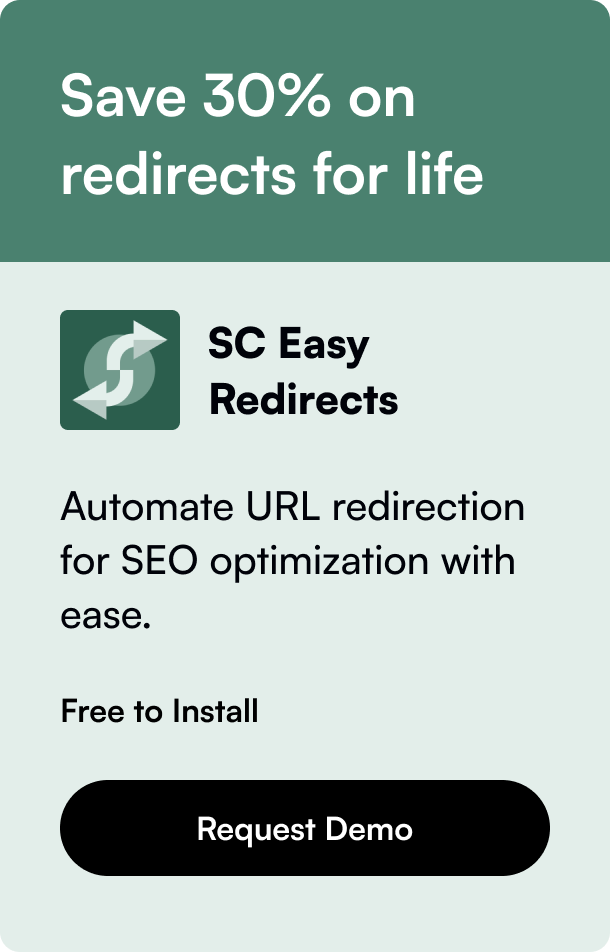Table of Contents
- Introduction
- Benefits of Integrating Stripe with Shopify
- How to Add Stripe to Shopify in 6 Steps
- Optimizing Your Checkout Process
- Conclusion
- FAQs On How To Add Stripe To Shopify
In the ever-evolving landscape of e-commerce, offering a seamless, secure, and efficient payment process is crucial for online businesses. For Shopify store owners, integrating Stripe as a payment gateway has become a popular choice, thanks to its user-friendly interface and robust security measures. In this comprehensive guide, we'll explore how to connect Shopify to Stripe, benefits of this integration, and tips to optimize your checkout process for maximum conversion.
Introduction
Given the critical role of a seamless payment experience in the success of e-commerce platforms, it's not surprising that many online stores seek the best solutions to ensure their checkout process is as smooth as possible. Stripe, known for its advanced features and reliability, coupled with Shopify, one of the leading e-commerce platforms, creates a formidable duo that empowers businesses to manage online transactions efficiently. But what makes this integration stand out, and how can you set it up for your Shopify store? This guide will take you through every step and insight needed to make the most out of connecting Shopify to Stripe.
Along the way, we'll uncover the advantages of this integration, detailed steps for setup, and additional strategies to optimize your payment process. By the end, you'll not only know how to connect Shopify to Stripe but also how to leverage this integration to enhance your online store's performance.
Benefits of Integrating Stripe with Shopify
Before diving into the technical setup, let's first understand why integrating Stripe with Shopify is a decision that can significantly benefit your online business:
- Enhanced Security: Stripe is renowned for its stringent security protocols, including PCI compliance and fraud detection algorithms, ensuring your transactions are secure.
- Global Reach: Accept payments from customers worldwide with Stripe's support for various currencies and payment methods.
- Seamless User Experience: Stripe's smooth checkout process can lead to higher conversion rates by reducing cart abandonment.
- Real-time Analytics: Access detailed reports and analytics on your transactions, helping you make informed decisions for your business.
How to Add Stripe to Shopify in 6 Steps
Integrating Stripe into your Shopify store is a straightforward process. Here's how to do it:
Step 1: Log In or Create a Stripe Account
Before anything else, ensure you have a Stripe account. Visit Stripe’s website and sign up if necessary.
Step 2: Log into Your Shopify Store
Navigate to your Shopify dashboard by logging in with your credentials.
Step 3: Access Your Shopify Settings
In your Shopify admin panel, find and click on the "Settings" icon, usually located at the bottom left corner.
Step 4: Select Stripe as Your Payment Provider
Under the "Payments" section in the settings, you'll have the option to choose your payment provider. Look for Stripe among the list of available third-party providers and select it.
Step 5: Enter Your Stripe Account Details
Upon selecting Stripe, you’ll be prompted to log in with your Stripe account credentials. This step effectively links your Stripe account to your Shopify store.
Step 6: Activate
Once your account details are entered and verified, you’re almost done. Click on the “Activate” button to finalize the integration.
Optimizing Your Checkout Process
While connecting Shopify to Stripe is a significant first step, optimizing the checkout process can further enhance your store's efficiency. Here are a few tips:
- Simplify the Checkout Page: Minimize distractions by keeping the design clean and the steps few.
- Offer Multiple Payment Options: Cater to a broader audience by providing various payment methods through Stripe.
- Use Clear and Comforting Language: Assure your customers of their security and the reliability of the transaction process.
- Mobile Optimization: Ensure the checkout process is as smooth on mobile devices as it is on desktop browsers.
Conclusion
Integrating Stripe with Shopify is a pivotal step towards creating a seamless, secure, and efficient online payment experience for your customers. By following the outlined steps, you can set up Stripe as your payment gateway on Shopify and optimize the checkout process to enhance user experience and potentially boost your conversion rates.
Remember, the goal is to make transactions as effortless as possible for your customers, and connecting Shopify to Stripe is a strategy that aligns precisely with this objective. Incorporate the tips provided, stay updated on new features and improvements from both platforms, and you are sure to see a positive impact on your e-commerce business's performance.
FAQs On How To Add Stripe To Shopify
Q: Is Stripe still available in Shopify?
A: Yes, Stripe is still available in Shopify through Shopify Payments or as a third-party payment provider in some regions.
Q: Is Stripe better than Shopify payments?
A: They serve different purposes. Shopify Payments is ideal for seamless integration within the Shopify ecosystem, while Stripe offers more flexibility in terms of payment options and currencies.
Q: Which one is better: PayPal or Stripe?
A: It depends on your business needs. Stripe is known for its developer-friendly platform and straightforward fees, whereas PayPal is recognized for its wide acceptance and consumer trust.
Q: What are the cons of Stripe?
A: While Stripe is highly versatile, it can be overwhelming for new users due to its myriad of features. Additionally, certain business models or regions may face limitations.
Q: What percentage does Stripe take per transaction?
A: Stripe’s standard charges are 2.9% + $0.30 per transaction, but fees can vary based on your business model and region.
By setting up Stripe on your Shopify store and optimizing the checkout process with the strategies provided, you're well on your way to offering a superior shopping experience that can lead to increased sales and customer satisfaction.








